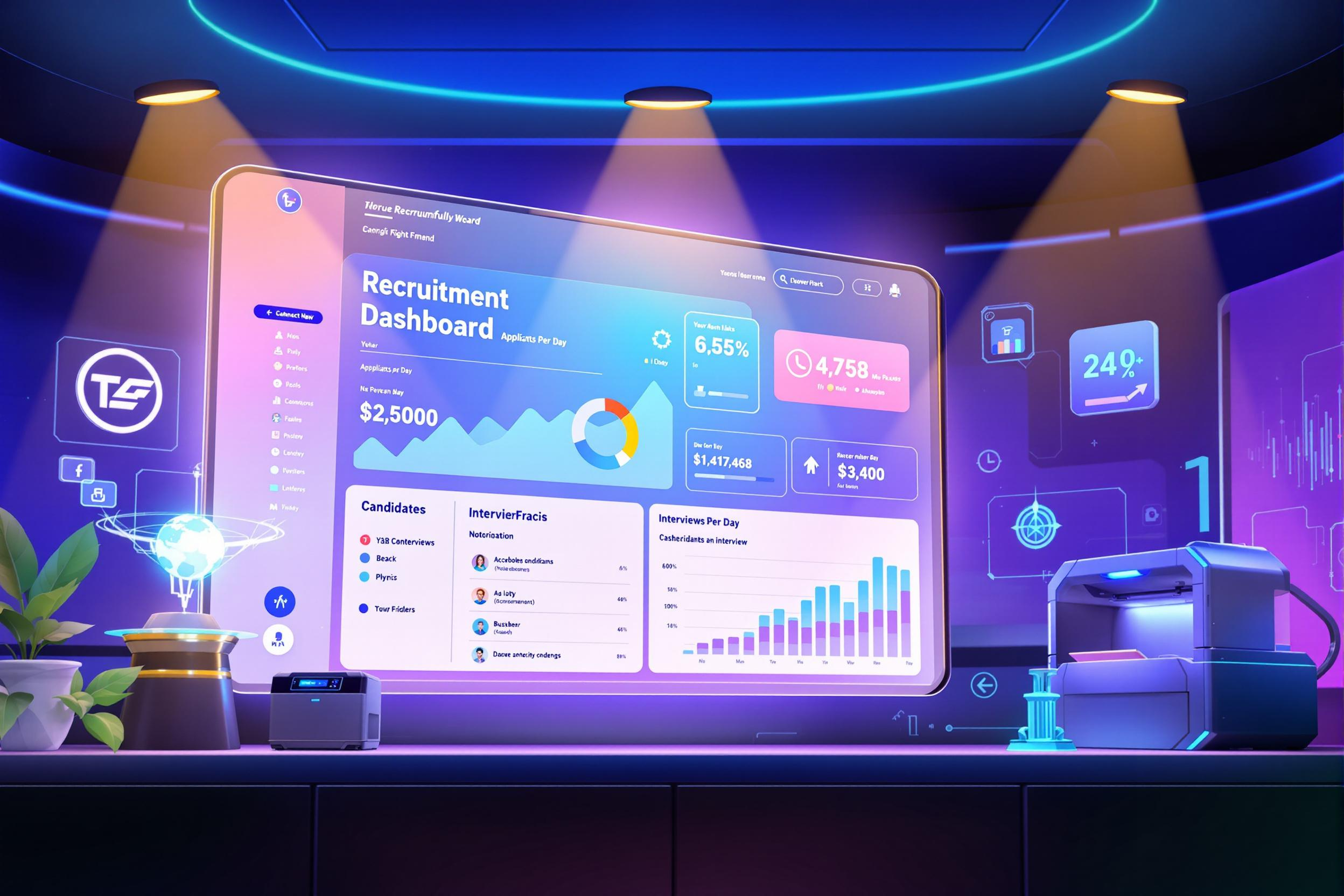
UAT
UAT (User Acceptance Testing) is the final stage of software testing where actual end-users try out the software before it goes live. Think of it like a test drive before buying a car - the real users make sure everything works the way they need it to. This is different from technical testing because it focuses on whether the software meets business needs rather than finding technical problems. You might also see it called "Beta Testing," "End-User Testing," or "Final User Testing." It's a crucial step that happens after developers finish building the software but before it's released to all users.
Examples in Resumes
Led UAT sessions with stakeholders for new HR management system
Coordinated User Acceptance Testing for mobile banking application
Created and executed UAT test plans for customer-facing website
Managed User Acceptance Test scenarios and feedback collection from business users
Typical job title: "UAT Testers"
Also try searching for:
Where to Find UAT Testers
Online Communities
Professional Networks
Industry Resources
Example Interview Questions
Senior Level Questions
Q: How would you manage UAT for a large-scale project with multiple user groups?
Expected Answer: Should discuss organizing different user groups, creating test schedules, managing feedback from various stakeholders, and having a clear process for documenting and addressing issues found during testing.
Q: What strategies do you use to ensure successful UAT sign-off?
Expected Answer: Should explain how to set clear acceptance criteria, involve stakeholders early, maintain good documentation, and manage expectations throughout the testing process.
Mid Level Questions
Q: How do you create an effective UAT test plan?
Expected Answer: Should describe including test scenarios based on business requirements, defining pass/fail criteria, identifying test users, and creating a timeline for testing activities.
Q: How do you handle situations where users reject the system during UAT?
Expected Answer: Should discuss gathering detailed feedback, prioritizing issues, communicating with development teams, and managing stakeholder expectations for fixes and retesting.
Junior Level Questions
Q: What is the difference between UAT and other types of testing?
Expected Answer: Should explain that UAT is done by actual end-users to verify the system meets business needs, while other testing types focus on technical aspects and are done by QA professionals.
Q: What documentation is typically needed for UAT?
Expected Answer: Should mention test plans, test cases, user guides, sign-off forms, and issue tracking documentation as essential parts of the UAT process.
Experience Level Indicators
Junior (0-2 years)
- Writing basic test cases
- Following test plans
- Recording test results
- Basic issue reporting
Mid (2-5 years)
- Creating UAT test plans
- Managing test cycles
- Stakeholder communication
- Test scenario development
Senior (5+ years)
- UAT strategy planning
- Team leadership
- Project coordination
- Risk assessment
Red Flags to Watch For
- No experience working with business users or stakeholders
- Lack of documentation skills
- Poor communication abilities
- No understanding of business requirements gathering
- Unable to explain testing processes to non-technical users




